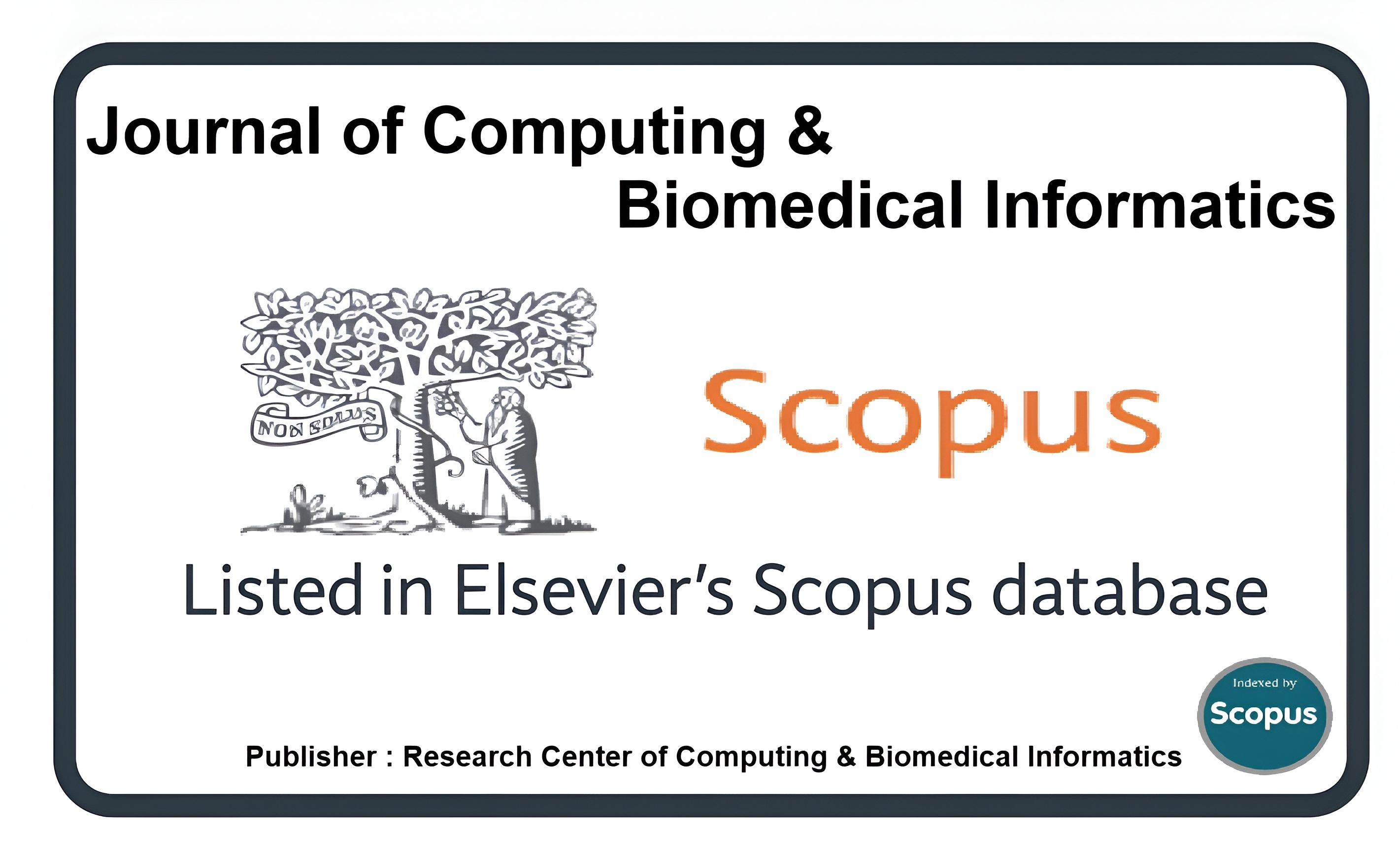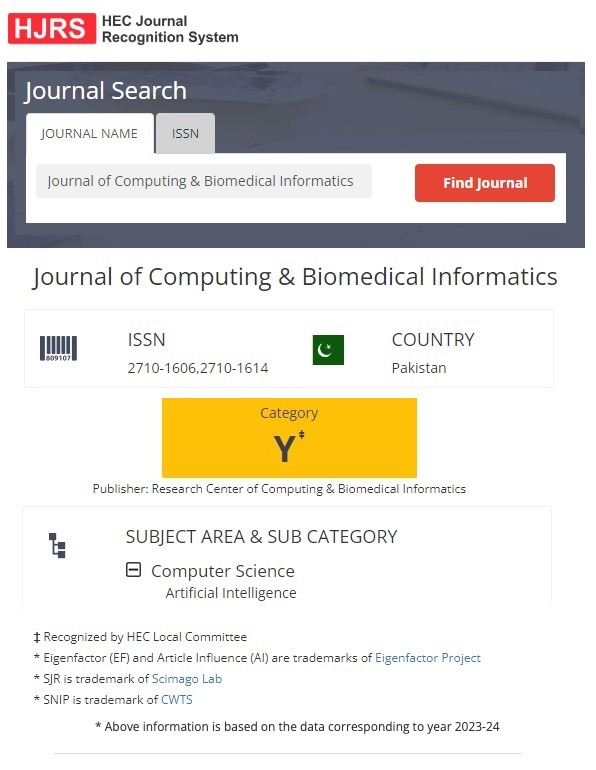A lightweight Approach to Finger Vein Authentication based on Con-trast-Limited Adaptive Histogram Equalization
Keywords:
Finger Vein, Authentication, Pattern Recognition, Classification, K Nearest Neighbor, Histogram of Gradients, SDUMLA Database, CLAHE, Unsharp Mask, Gamma CorrectionAbstract
Finger vein recognition is an emerging field that holds a lot of promise for security-sensitive applications. However, most of the past work in this field is dominated by computationally ex- pensive and complex algorithms. In this paper, a new yet simple technique is presented for the preprocessing of finger vein images for biometric authentication. Adaptive histogram equalization, gamma correction, image sharpening, multi-filtering, and contrast adjust- ment constitute the basic steps of this method [AHistGSFC]. For feature extraction, the Histogram of Oriented Gradients [HOG] is used, and the K-nearest neighbour for the recognition. The main contribution of this research is the introduction of a new prepro- cessing algorithm that is not only efficient but also has a very low computational time and has given superior results to deep learning approaches on the same data set. 6 fold cross-validation was used for evaluation. The middle fingers of both hands were found to be the most discriminative, giving 99.06% accuracy and 0.0086% EER. Using all fingers provided in the database, we get 96.96% accuracy and 0.0304% EER. Results were also computed for 3-fold and 2-fold cross-validations for comparison with previous works with that data division. The proposed method gives better results than the latest state-of-the-art algorithms in this field.
Downloads
Published
How to Cite
Issue
Section
License
This is an open Access Article published by Research Center of Computing & Biomedical Informatics (RCBI), Lahore, Pakistan under CCBY 4.0 International License





